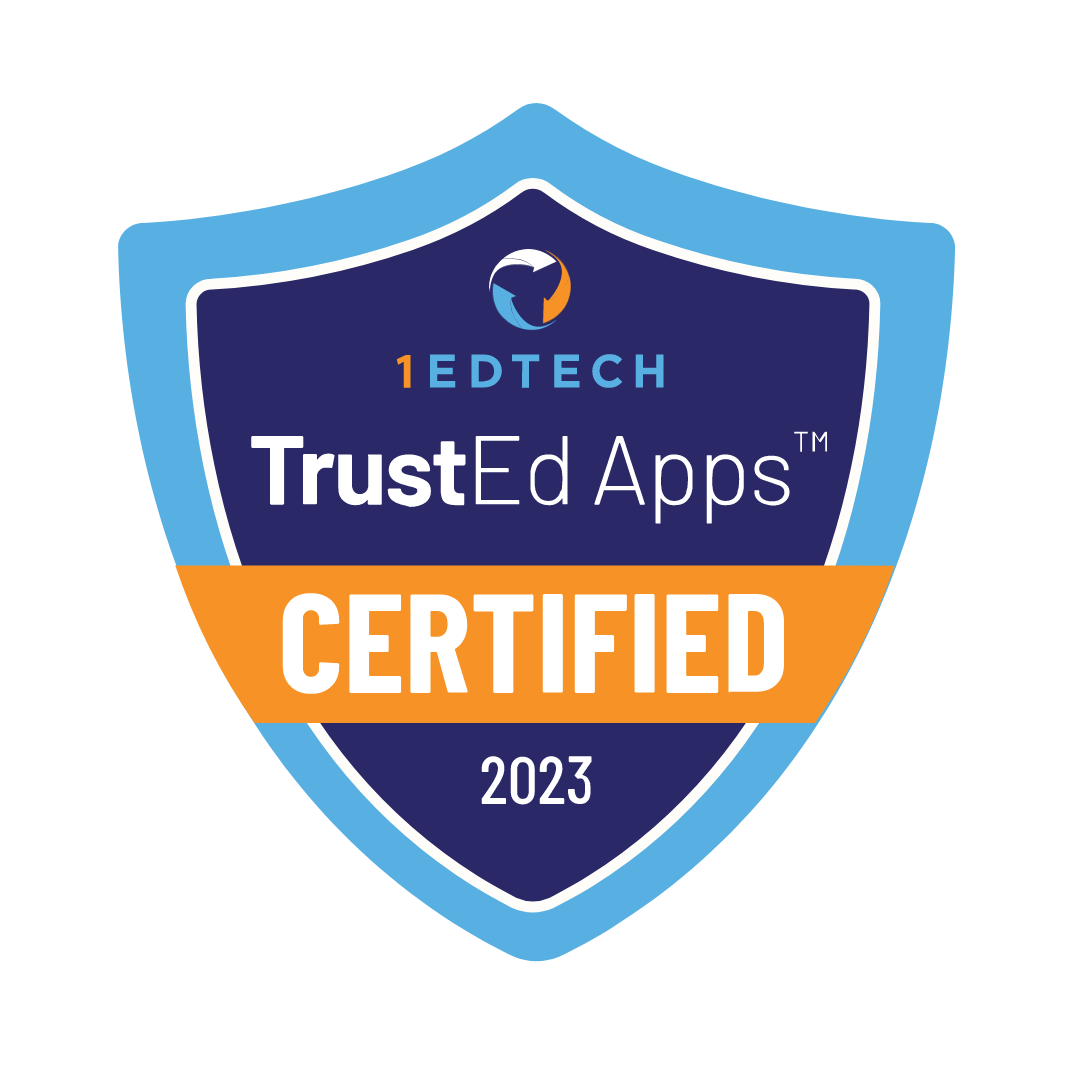Contents
Choosing the homeschooling program, for a child with ADHD is about understanding how they learn best. Whether they lean towards visuals, sounds, hands on activities or reading and writing a good curriculum should cater to their learning style to enhance their skills and keep them engaged. However it’s not, about knowing their learning style; the materials you choose should also consider your childs age. For instance colorful interactive games may captivate a learner while interactive software could stimulate the curiosity of a student. Armed with this knowledge you can now start creating a homeschool curriculum that suits your childs needs and helps them thrive despite their challenges.
Identifying ADHD Child’s Learning Style

Children diagnosed with ADHD frequently exhibit learning approaches in contrast, to developing children. It is crucial to pinpoint the learning style for them enabling educators to customize a curriculum that promotes optimal involvement and comprehension, for the child. Regarding learning preferences there are typically four classifications; auditory, kinesthetic and reading/writing.
Visual learners rely heavily on visual aids and charts to grasp information while auditory learners prefer listening as their primary method of comprehending new material. Kinesthetic learners thrive through hands-on activities that allow them to move and interact with their environment. Lastly, reading/writing learners absorb information more effectively through written or spoken words; they benefit from reading, writing, and engaging in discussions related to the material.
Identifying an ADHD child’s primary learning style can be crucial in enhancing their educational experience. It enables parents and educators to design a curriculum that aligns with the child’s preferred way of processing information. By doing so, the learning process becomes more efficient, leading to improved academic performance and overall engagement.
For example, if a child is diagnosed as a kinesthetic learner, incorporating movement-based activities into their daily lessons can significantly enhance their understanding and retention of key concepts. This might involve using manipulatives during math sessions or conducting science experiments that allow the child to physically engage with the subject matter.
By identifying the child’s primary learning style, you can tailor the curriculum to suit their specific needs and improve learning efficiency.
To effectively support a child with ADHD in their learning journey it’s crucial to grasp their way of learning. This enables educators to tailor teaching methods to match the childs strengths and address their requirements leading to a rewarding and successful learning environment.
By understanding how an ADHD child learns best educators can develop tailored learning materials that meet the childs needs. Lets delve into the process of selecting resources for children, with ADHD based on their age and individual characteristics.
Choosing Age-Appropriate Learning Materials

Choosing the materials for a child diagnosed with ADHD is vital, for their growth and achievement. Tailoring teaching strategies and tools according to age group is important taking into account each childs requirements.
When it comes to kids utilizing visually appealing resources can be highly beneficial, in engaging their interest. Using books and interactive games that match their learning preferences can encourage involvement and enhance comprehension.
On the other hand, older children might need more complex and detailed materials that challenge them intellectually while keeping them engaged. Utilizing technology-based learning tools, such as educational apps or adaptive software, can help tailor the educational experience to the child’s individual academic requirements.
It’s vital to remember that children with ADHD benefit from interactive and immersive learning experiences. This type of engagement holds their attention better and helps them retain information effectively. By incorporating engaging games and technology-based learning tools, you are providing an environment conducive to their learning style, ultimately promoting a positive learning experience.
Let’s say an older child with ADHD struggles with traditional textbook learning methods. In this case, an educational computer program that adapts to the child’s pace and challenges them at the appropriate level can make a significant difference in their engagement and comprehension.
Adapting the learning materials to a child’s age and needs ensures they get the right content. It also fosters an environment where they can thrive despite their challenges.
Understanding the importance of tailored learning materials is just the first step. Now, we delve into the process of customizing an ADHD-friendly curriculum to suit individual strengths and weaknesses.
Personalizing an ADHD-Friendly Curriculum

When it comes to teaching a child with ADHD there is no one size fits all approach. Each child has their strengths, weaknesses and ways of learning. This becomes more crucial when homeschooling as it allows you to customize the curriculum to suit your childs needs and preferences. Designing a plan that’s suitable for a child, with ADHD involves creating a mix of flexibility and structure that meets the individual needs of the child. This could involve breaking lessons into parts, including breaks and incorporating activities that stimulate the senses to help maintain the childs attention.
To start, it’s crucial to recognize that traditional teaching methods might not be the best fit for children with ADHD. Instead, utilizing specialized resources tailored to ADHD learners can make a world of difference. Multisensory learning tools and adaptive teaching techniques can create a personalized and accommodating curriculum that can engage and benefit children with ADHD.
For example, statistics show that 60% of children with ADHD benefit from multisensory learning techniques, while 75% show improvement with personalized learning plans. By incorporating these methods into your child’s curriculum, you’re providing them with an optimal learning environment that aligns with their needs.
Let’s take math for instance. For a child with ADHD who struggles with traditional math instruction, incorporating manipulatives like counting blocks or fraction bars can make abstract concepts more concrete and easier to grasp. This hands-on approach can help keep the child engaged and focused during lessons.
Furthermore, it’s essential to understand the importance of accommodating the nature of ADHD. This might mean allowing for movement breaks or providing access to fidget toys during study time. Research indicates that 80% of children with ADHD benefit from frequent breaks during learning sessions and 85% benefit from incorporating physical activity into their routine.
Break lessons into smaller segments to address different learning styles. Use sensory experiences and adaptive teaching techniques based on research. This creates an educational plan that caters to the child’s unique needs.
Pioneering approaches in customizing educational plans for children with unique learning needs lay an influential foundation for effective teaching strategies. Now, let’s explore the myriad tools and techniques designed to elevate the homeschooling experience.
Tools and Techniques for Effective Teaching

Teaching a child, with ADHD doesn’t have to be overwhelming. With the strategies and resources it can turn into an enjoyable experience for both the teacher and the student.
One useful method is using a timetable, which’s a chart that shows the daily or weekly tasks and activities for the child. This visual aid helps the child understand what needs to be accomplished and when making it easier for them to stay organized and manage their time effectively. It also creates a sense of routine and stability which can bring comfort to children, with ADHD who may find transitions and surprises challenging.
Timers are another invaluable tool. They can break tasks into manageable chunks of time, helping the child stay focused and avoid feeling overwhelmed. Additionally, timers can introduce an element of urgency and motivation, especially for tasks that the child may find less interesting or challenging.
Organizational aids, such as color-coded folders or bins, help keep the child’s study materials tidy and easily accessible. These aids not only facilitate organization but also serve as visual cues that support memory recall.
Using interactive and hands-on learning methods is crucial for engaging the attention of children with ADHD. Incorporating activities that involve movement, sensory experiences, or creativity can promote active participation and enhance their understanding of concepts.
Positive reinforcement strategies play an essential role in maintaining a positive learning environment. Through rewards, praise, and recognition of achievements, educators can motivate and reinforce good behavior as well as academic progress. This can significantly boost the child’s confidence and enthusiasm for learning.
By using these tools and techniques in teaching, educators can create a supportive and inclusive environment. It is where children with ADHD can thrive in school and personally.
Now equipped with effective teaching tools for children with ADHD, let’s move on to explore strategies for organizing homeschool schedules and structures.
Handling Homeschool Schedule & Structure

Establishing a schedule provides children with a sense of security and clarity, about their daily responsibilities. For youngsters dealing with ADHD, who benefit greatly from routine having a timetable can significantly improve their day to day experience. It’s like embarking on a road trip to your holiday destination with GPS navigation—having that predictable routine serves as a helpful roadmap for them, throughout the day assisting them in maintaining focus and staying organized.
When establishing a homeschool schedule for a child with ADHD, consider breaking the day into structured segments dedicated to different activities. This could include specific time slots for academic subjects like math or science, as well as time for physical activities such as running or playing in the backyard. Incorporating regular breaks ensures that your child has the opportunity to recharge and refocus, which is crucial when dealing with ADHD.
Furthermore, utilizing visual aids and color-coded schedules can greatly assist in reinforcing the routine and helping your child navigate daily activities effectively. Visual cues, such as color-coded blocks for different activities, provide a clear understanding of the day’s plan. In fact, research has shown that visual supports can be especially helpful for children with ADHD as they provide predictability and clarity.
By integrating these strategies into your homeschool schedule and structure, you’ll be providing your child with a solid foundation to thrive in their learning environment. Just like a well-planned road trip sets you up for an enjoyable journey, a carefully designed homeschool routine sets the stage for successful learning every day.
We’ve outlined the importance of structuring your homeschool schedule well. Now, let’s explore various curriculum options. They’re tailored to meet the unique needs of children with ADHD.
Accessing Support and Resources for Homeschooling with ADHD

When homeschooling a child, with ADHD having access to support and resources can truly make a difference. It might seem like a task at times. Remember that you’re not alone. Many parents worldwide are facing challenges. Looking for guidance.
One helpful option is exploring platforms that offer a wealth of information ranging from tips on organizing lessons to suggestions for teaching techniques. These websites provide parents with expert guidance. Selected resources specifically designed for homeschooling children, with ADHD helping them personalize their approach to meet their childs individual needs.
Some forums offer a real sense of community, where you can connect with other parents who are navigating similar challenges. This can be incredibly reassuring and informative to know that there are others who understand what you’re going through.
One such resource is our website, which provides a wealth of curated resources specifically designed to meet the needs of parents homeschooling children with ADHD. It offers expert tips and guides. It also gives access to a supportive community. This makes it easier for parents to navigate the challenges of effectively homeschooling an ADHD child.
You might also find local support groups in your area, which can provide hands-on assistance and connections with other families facing the same challenges.
With these resources, you’ll have the guidance and info you need. You’ll also have a supportive community to lean on. They will help you as you navigate the unique journey of homeschooling a child with ADHD.
Accessing the right support and resources is pivotal when homeschooling a child with ADHD. It’s comforting to know that there are numerous avenues available to aid both parents and children on this important educational journey.
La réussite future de votre enfant est notre principal objectif à l’école en ligne Legacy. Visitez notre site web pour découvrir les nombreuses possibilités offertes par l’école en ligne Legacy.
Consultez les programmes de l’école en ligne Legacy :
L’école élémentaire de Legacy Online School place la barre très haut. Il s’agit d’une éducation de qualité. Nous nous efforçons d’éveiller la curiosité. Nous nous efforçons également d’encourager la créativité. Nous proposons un programme d’études solide. Nous sommes aidés en cela par des éducateurs qualifiés.
Legacy Online Middle School offre une éducation numérique. Elle s’adresse aux élèves de l’enseignement secondaire. L’école est fière d’offrir des cours en ligne en direct, dispensés par des enseignants certifiés. Les cours sont en ligne et interactifs.
Lycée en ligne Legacy est une méthode unique d’apprentissage en ligne soigneusement conçue pour les élèves du secondaire. Elle combine l’apprentissage synchrone, un large éventail de méthodes pédagogiques, et met l’accent sur l’accessibilité.
L’école en ligne Legacy offre le meilleur programme d’études
Notre programme d’études rigoureux garantit que les diplômés sont bien préparés pour les universités et les lieux de travail du monde entier. En outre, nos clubs virtuels dynamiques relient les étudiants du monde entier.





